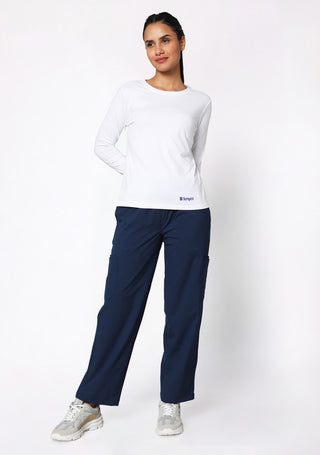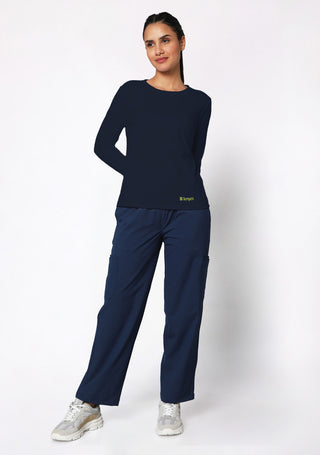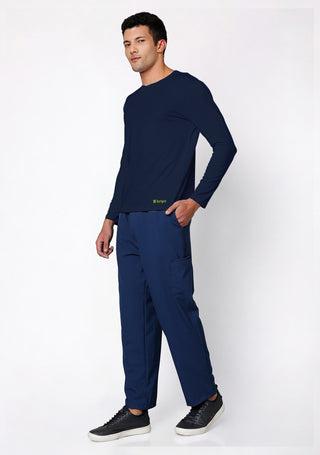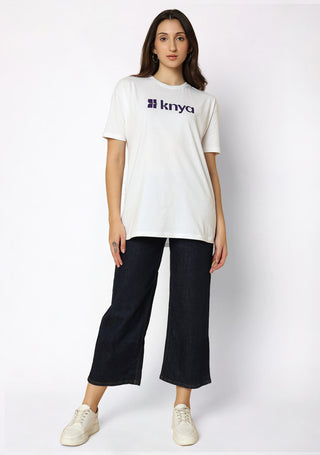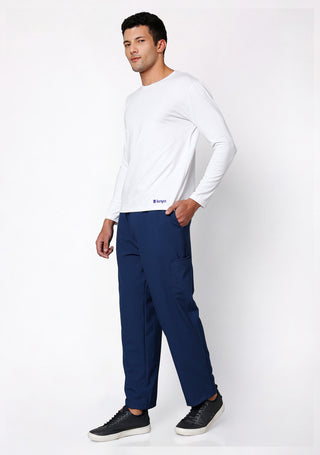Nursing uniforms have undergone a fascinating transformation over the years, evolving from modest, traditional dresses to the modern scrubs that are worn in healthcare facilities today. This change has been influenced by various factors, including advancements in healthcare practices, the need for increased mobility and comfort, and a growing awareness of hygiene and infection control. The history of nursing attire reflects not only the evolution of the profession but also the changing roles and expectations of nurses in society.
The Early Days of Nursing: Modesty and Professionalism
In the early days of nursing, uniforms were designed with a primary focus on modesty and professionalism. Nurses, particularly in the 19th and early 20th centuries, wore long, white dresses that often featured high necklines and full-length sleeves. These garments were typically made of stiff, heavy fabrics like linen or cotton, providing coverage that aligned with the values of modesty and professionalism. The uniform often included an apron for additional protection and a cap, which was seen as a symbol of respectability and the nurse's role in maintaining cleanliness.
During this period, the uniform was as much about presenting a professional image as it was about practicality. Nurses were expected to convey an image of purity, cleanliness, and authority, and their attire reflected these expectations. These uniforms were not necessarily designed with comfort in mind but were instead structured to signify the nurse's important role in the healthcare system.
Discover the best lab coat designed for comfort and protection. Shop from here
Functional Changes During World War II: A Shift Toward Practicality
The onset of World War II marked a turning point in the history of nursing uniforms. The global conflict created a shortage of healthcare workers, and nurses were required to be more mobile and practical in their roles. With the increasing demands of war and the need for healthcare professionals to be more physically active, nursing uniforms had to evolve.
During this time, traditional long dresses were replaced with more practical, shorter designs. Pants became more commonly accepted for female nurses, a shift that was in part due to the need for greater mobility and efficiency in their duties. These changes allowed nurses to move more freely and provided them with the ability to respond quickly to patients' needs. The shorter length of the dresses also helped nurses avoid the practical issues of dragging fabric through hospital corridors or getting caught in equipment.
While the war brought about these initial changes, the influence of these practical designs continued to shape nursing uniforms for decades to come. Nurses needed attire that was not only professional but also functional, something that could withstand long hours of work while ensuring their comfort.
The Rise of Scrubs in the 1970s: A Revolution in Nursing Attire
In the 1970s, a major shift in nursing uniforms occurred with the introduction of scrubs. Originally adopted by surgical personnel due to their ease of sterilization, scrubs quickly became the uniform of choice for nurses in many healthcare settings. Scrubs offered several advantages over traditional uniforms: they were made from lightweight, breathable materials like cotton and polyester blends, which allowed for better comfort and movement.
The popularity of scrubs spread rapidly, and by the late 20th century, they became the standard attire for nurses in hospitals, clinics, and other healthcare environments. Scrubs offered nurses more freedom of movement, a crucial factor when performing the physically demanding tasks of patient care. Additionally, the unisex design of scrubs meant that they could be worn by both male and female nurses, breaking away from the gendered expectations of traditional uniforms.
One of the most significant advantages of scrubs was their ease of maintenance. Unlike traditional uniforms that often required careful washing and ironing, scrubs could be easily laundered and were resistant to wrinkles. This convenience was especially important in busy healthcare environments where time was often limited.
As the popularity of scrubs grew, so did the variety of colors and styles. Nurses could now express their individuality by choosing scrubs in different colors and patterns. Hospitals and healthcare institutions also began to assign specific colors to different departments, which made it easier for patients and staff to identify the various roles of healthcare workers.
The Role of Modern Scrubs and Contemporary Trends
Today, nursing uniforms continue to evolve with an increasing emphasis on comfort, functionality, and infection control. The modern nursing uniform is no longer just about appearance; it is about ensuring that healthcare professionals can perform their duties with ease and confidence. Scrubs are now designed with features that enhance comfort, such as stretchy fabrics, antimicrobial properties, and moisture-wicking technology.
In addition to comfort, nursing uniforms are also designed with infection control in mind. With the growing concerns around hospital-acquired infections, the material used for modern scrubs often includes antimicrobial treatments that help to reduce the risk of contamination. Many healthcare facilities now require specific colors or styles of scrubs to differentiate between departments or roles within the institution. For instance, nurses working in the operating room might wear teal or green scrubs, while those in patient care areas may wear blue.
One of the most notable trends in modern nursing uniforms is the focus on personalized and branded attire. Many healthcare organizations now offer custom-designed scrubs that reflect the institution’s logo or brand identity, while still maintaining a professional appearance. The evolution of nursing uniforms has made them more versatile and adaptable, catering to the needs of a dynamic and diverse workforce.
Check out Navy Blue Scrubs for Mens
Personal Protective Equipment (PPE): A New Essential in Nursing Uniforms
The COVID-19 pandemic brought a new layer to the evolution of nursing uniforms: the inclusion of personal protective equipment (PPE). Masks, gloves, gowns, and face shields became essential parts of the nursing uniform in response to the pandemic. These additions have become integral to infection prevention and control, helping to protect both healthcare workers and patients.
Nurses now rely on a combination of traditional scrubs and modern PPE to stay safe while performing their roles. The integration of PPE into the nursing uniform has highlighted the importance of flexibility and adaptability in healthcare attire. It also underscores the growing emphasis on safety and hygiene in the healthcare industry.
Looking to the Future of Nursing Uniforms
The future of nursing uniforms will likely continue to be shaped by advancements in technology, healthcare practices, and patient needs. We can expect to see more innovations in fabric technology, with materials becoming even more breathable, durable, and resistant to stains and bacteria. As healthcare continues to evolve, nursing uniforms will remain an essential part of the profession, reflecting the important roles nurses play in patient care.




